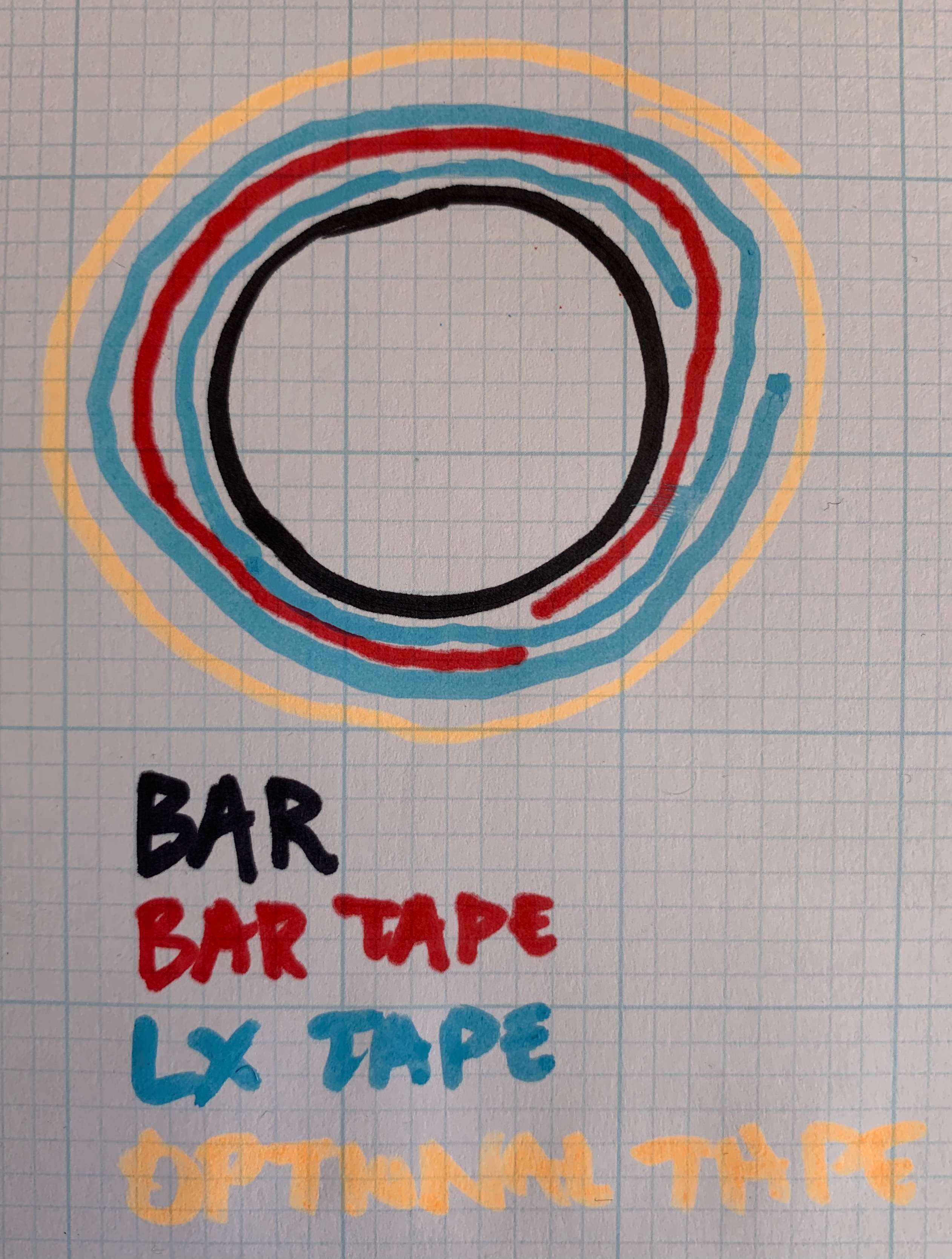My wrapping technique is using electrical tape, however I split it in half width ways along its length first. Usually by rotating the roll next to a Stanley blade or similar - both resting on a hard surface.
Next, I actually start wrapping the electrical tape around the bar before the bar tape startsfully goes around, this way it has a solid 'reference' and is less inclined to unravel. Think of the bar tape being eventually sandwiched between two bits of tape kind of chasing each other around the bar. The electrical tape can even start first (certainly ends last).
If you don't like the thought of a little tape adhesive residue after cutting the (tensioned) tape you can do a final untensioned wrap in the opposite direction, which locks it all in.
Looks good, never comes undone, easy to unwrap ... etc. etc.

